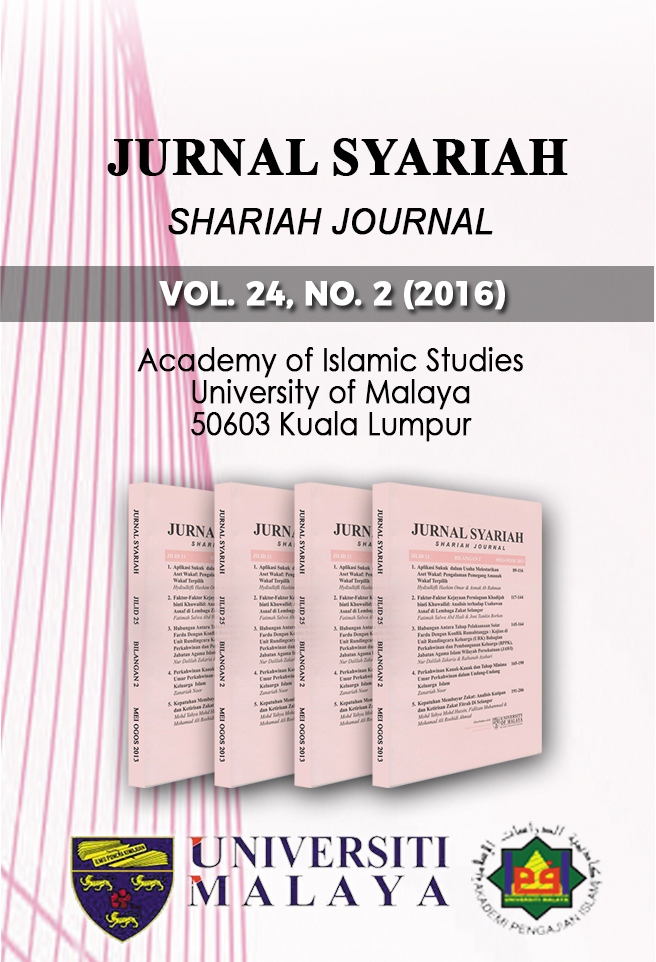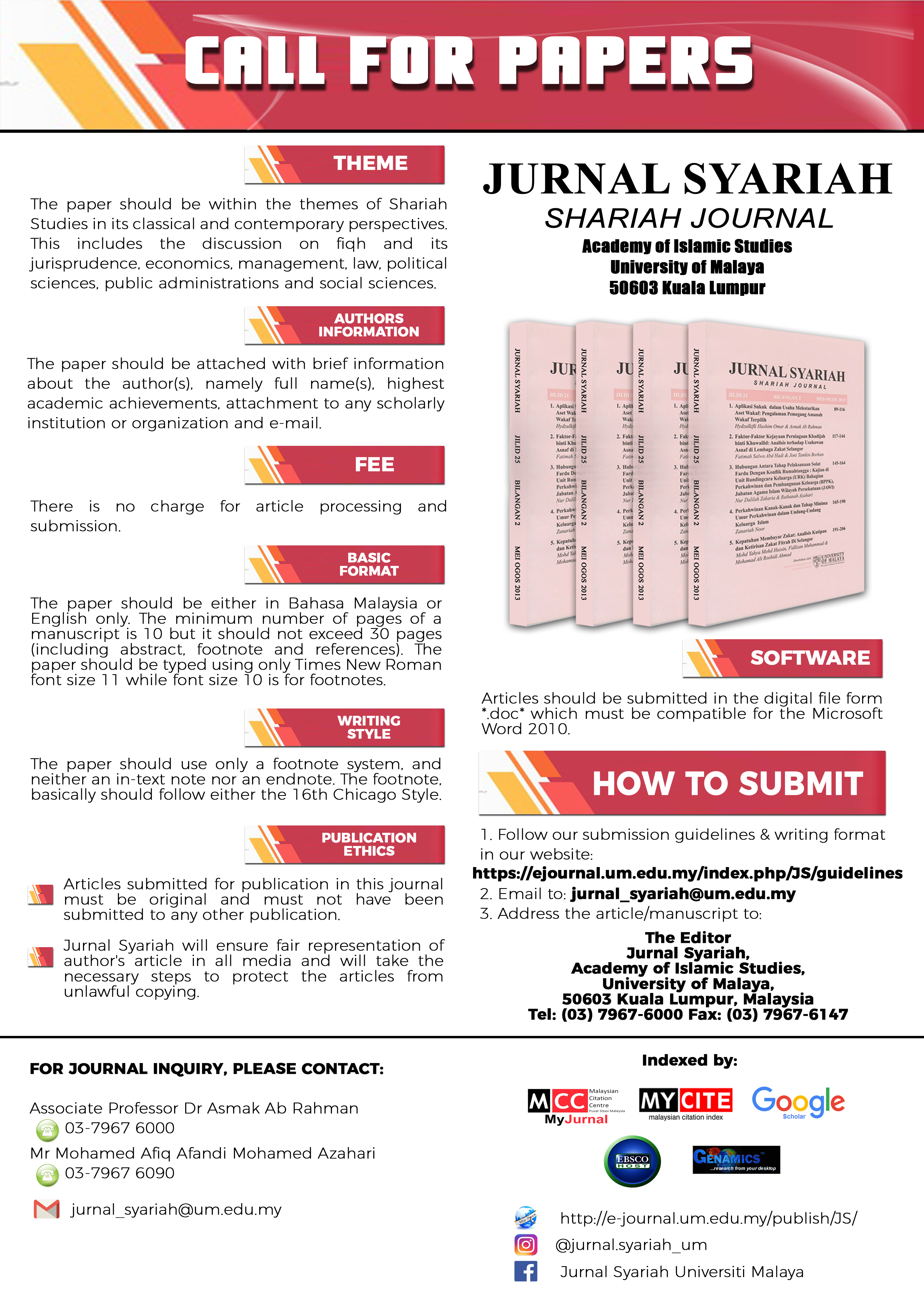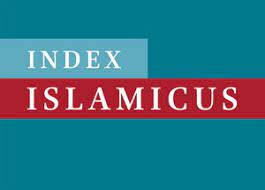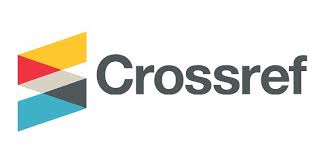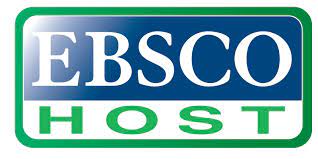POTENSI KUTIPAN ZAKAT PERNIAGAAN SYARIKAT TERSENARAI AWAM DI MALAYSIA
Zakah on Business Potential from Public Listed Companies in Malaysia
DOI:
https://doi.org/10.22452/js.vol24no2.2Abstract
The purpose of this study is to estimate potential zakah on business collection and to discover zakah gap from public listed companies (PLCs) segment. This quantitative cross-sectional study examines the zakah status of 817 Shariah compliant companies endorsed by Shariah Advisory Council of the Securities Commission (SC). Financial data is obtained through a census study from the latest annual report and another 705 annual reports were examined. This intensive study, based on the 30% largest shareholder report, reveals that 118 companies are considered ‘owned’ by more than 30 percent of individuals who are Muslim. The total zakah amount during the assessment of eligible companies was then used as the basis for determining ‘zakah potential’. As a result, the total potential of zakah on businesses from PLCs is RM290 million per year. Concerning zakat payment, only 15 companies have zakah disclosure in their financial reports and their total zakah paid is RM76.8 million. This study also reveals gap of RM200 million yearly with a rate of 74 percent. Based on the tax gap rate (i.e around 7 percent) the ‘zakah gap’ discovered is severe and the compliance rate among PLCs are still marginal. Thus, there is a great opportunity to further increase zakah collection and strategic efforts need to be put in place by authorities and relevant parties in order to maximize zakah collection in Malaysia.
Downloads
Downloads
Published
How to Cite
Issue
Section
License

This work is licensed under a Creative Commons Attribution-NonCommercial 4.0 International License.
COPYRIGHT: All rights reserved. Not allowed to be reproduced any part of articles and contents of this journal in any form or by any way, whether electronic, mechanical, photocopying, recording or otherwise without permission in writing from the Chief Editor, Jurnal Syariah.

